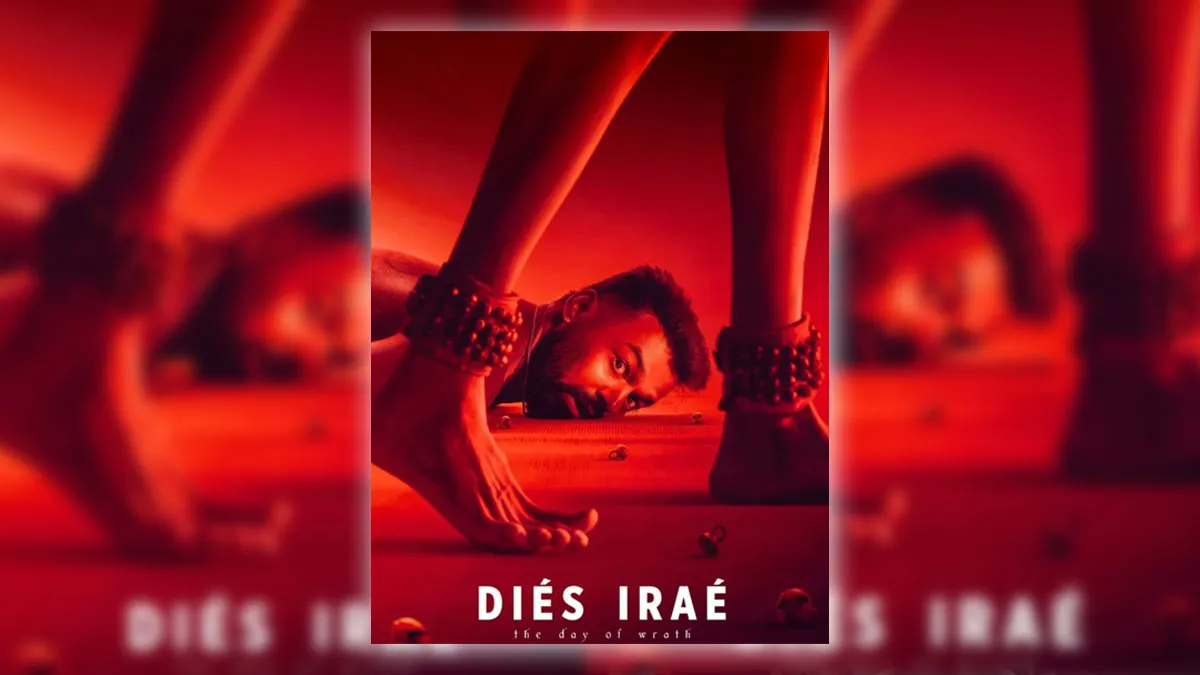
Dies Irae Ending Explained: Rahul Sadasivan’s ‘Dies Irae’ transforms the traditional haunted-house narrative into something far more psychological. The film’s Latin title, meaning Day of Wrath, hints at an inevitable judgment, not divine, but deeply personal.
Pranav Mohanlal stars as Rohan, a wealthy, self-absorbed man who spirals into a nightmare after pocketing a dead woman’s hair clip. What follows isn’t a barrage of jump scares but a slow descent into dread, the kind that creeps in through whispers, shadows, and the faint jingle of anklets in an empty house.
Sadasivan builds tension not through gore but through mood and implication. Every sound and silence feels heavy, as if the house itself is breathing, or mourning.
View this post on Instagram
The story begins when Rohan learns about the suicide of his former classmate, Kani (Sushmitha Bhat). His casual curiosity turns into obsession when he takes a hair clip from her house, a seemingly innocent act that becomes the anchor for a haunting. Soon, Rohan experiences phantom touches, ghostly movements, and the eerie sound of anklets echoing through the mansion.
But here’s where Dies Irae moves beyond a typical ghost story, the spirit haunting Rohan isn’t Kani’s. It’s Philip, a frail, dying man who was silently obsessed with her. His mother, Elsamma (Jaya Kurup), unable to bear his suffering, resorted to dark rituals linking his spirit to Kani’s belongings. When Rohan stole one of those objects, he unknowingly unleashed Philip’s restless soul.
Don't Miss: Haq Twitter Review: Netizens Call Yami Gautam-Emraan Hashmi’s Film Bold, Emotional and Brutally Honest
In the film’s chilling finale, Rohan and Madhusudhanan (Gibin Gopinath), a contractor with prophetic visions, discover Philip’s decomposed body at Elsamma’s home. She confesses to binding her son’s spirit to Kani through black magic, a desperate act of love that turned monstrous.
As Rohan and Madhusudhanan attempt to burn the anklets attached to Philip’s corpse, the spirit retaliates violently. In a harrowing confrontation, Rohan fights off Elsamma and throws the ankleted leg into the fire, seemingly ending the curse as the house erupts in flames.
However, the closing scene delivers the ultimate twist: back in his bed, Rohan hears the familiar jingle of anklets. The ghost hasn’t left, and this time, it’s Kani. The reckoning he tried to escape has only just begun.
View this post on Instagram
At its core, Dies Irae isn’t about ghosts, it’s about guilt and accountability. Rohan’s arrogance, indifference, and emotional neglect lead to Kani’s death, and his haunting becomes a metaphor for facing the consequences of his choices.
The anklets, ever-present and unnerving, symbolise the weight of unfinished stories, of relationships abandoned without closure. By tying the supernatural to moral reckoning, Rahul Sadasivan crafts a horror film that lingers not because of what it shows, but what it implies.
Dies Irae ends where true horror begins, in the realisation that some ghosts live inside you long before they appear outside.
Don't Miss: Ek Chatur Naar OTT Release Date: Find Out Cast, Plot And Where To Watch This Divya Khosla Starrer
Keep reading Herzindagi for more such stories.
Our aim is to provide accurate, safe and expert verified information through our articles and social media handles. The remedies, advice and tips mentioned here are for general information only. Please consult your expert before trying any kind of health, beauty, life hacks or astrology related tips. For any feedback or complaint, contact us at compliant_gro@jagrannewmedia.com.